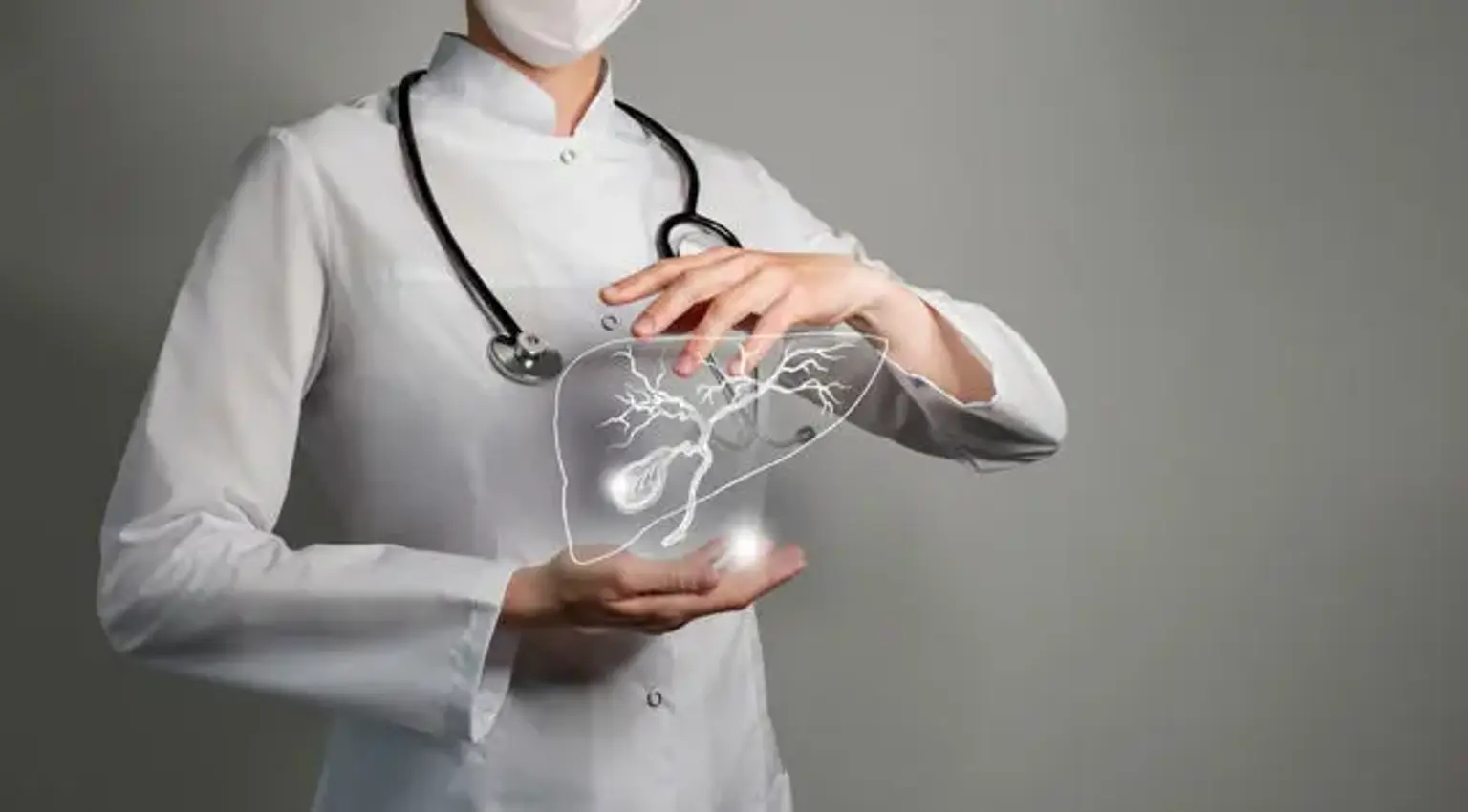Cholangitis
Overview
Acute cholangitis, also known as ascending cholangitis, is a potentially fatal infection of the biliary tree caused by an ascending bacterial infection. Choledocholithiasis is the most prevalent cause, with infection-causing stones in the common bile duct causing partial or full biliary system blockage. The clinical presentation, aberrant test values, and imaging investigations indicating infection and biliary blockage are used to make the diagnosis.
Early fluid resuscitation and antibiotic coverage are critical components of initial medical treatment. Septic shock might result from a delay in treatment. A biliary drainage operation may be accomplished with the use of endoscopic and surgical resources, depending on the course and severity of the condition.
When treated properly, acute cholangitis is a curable illness. However, if treatment is delayed for an extended period of time, mortality can be fairly high. Cholangitis may be classified into three types: primary biliary cholangitis, IgG4-related autoimmune cholangitis, and primary sclerosing cholangitis.
